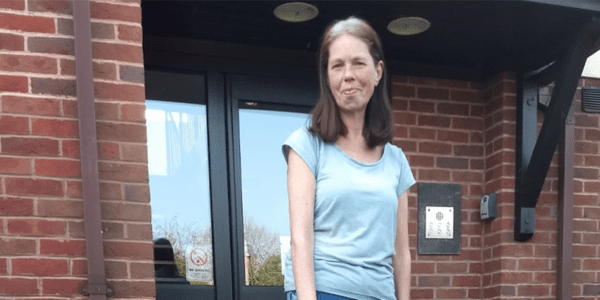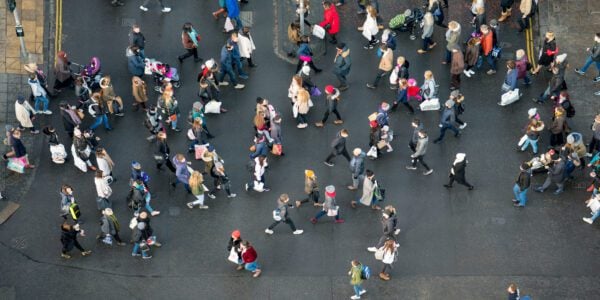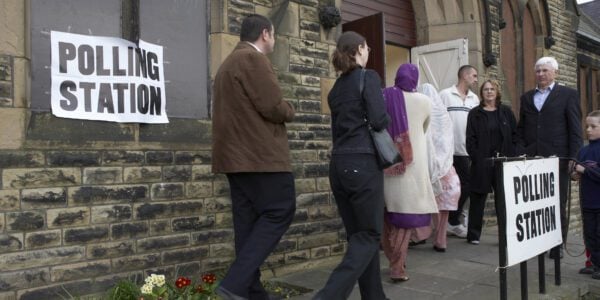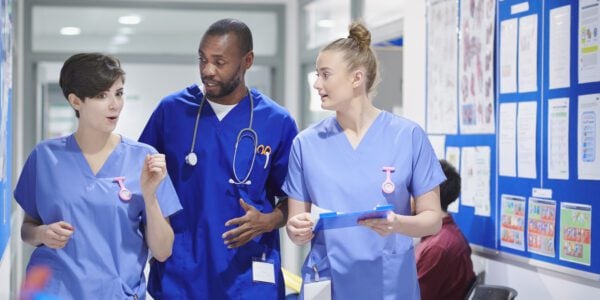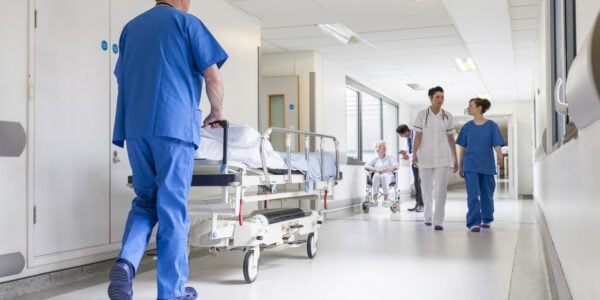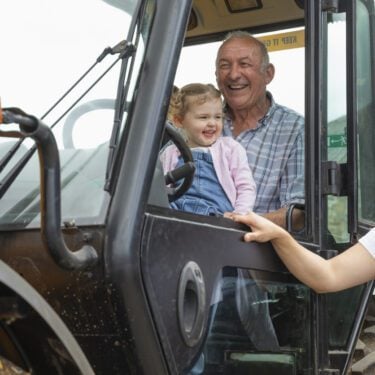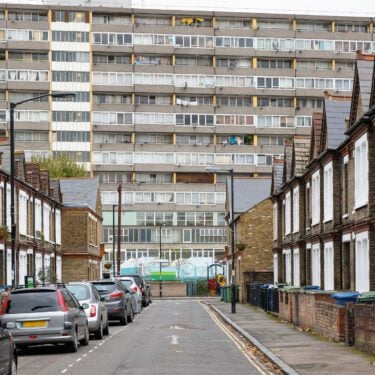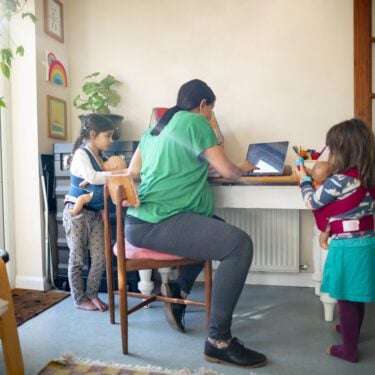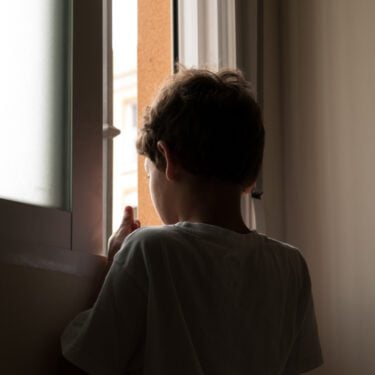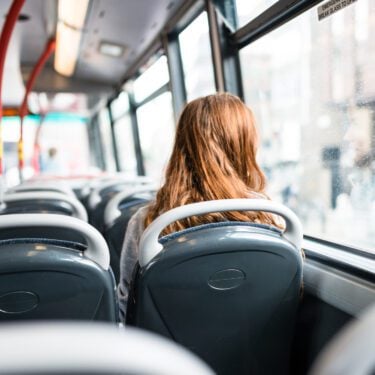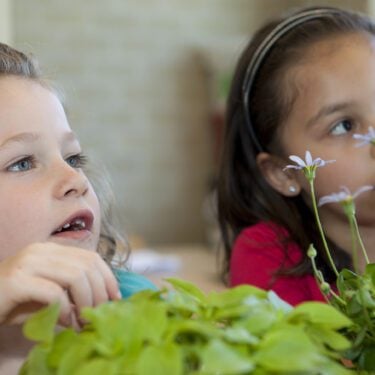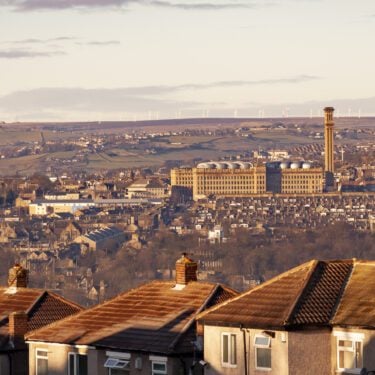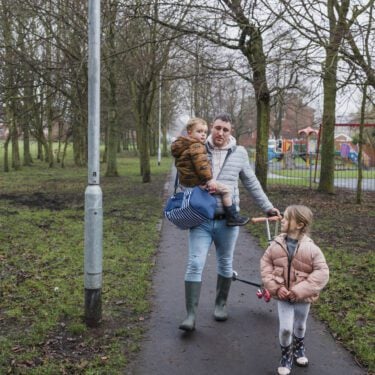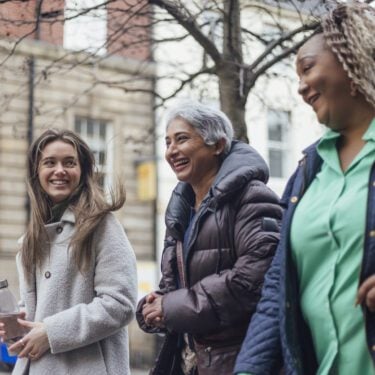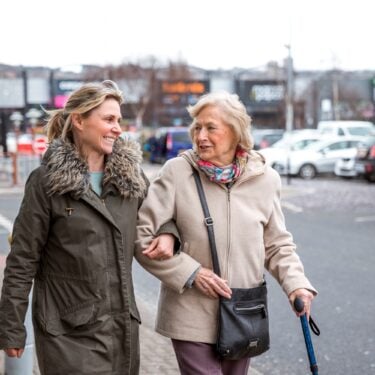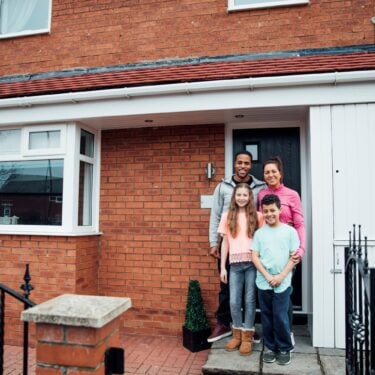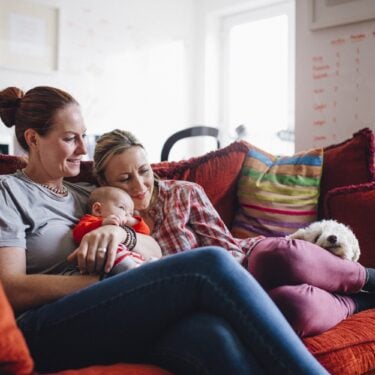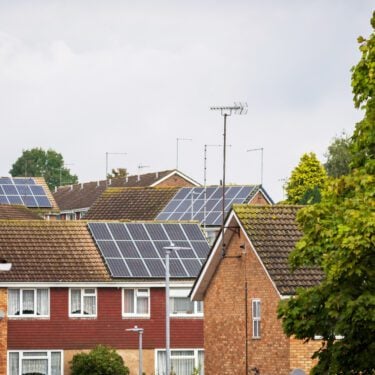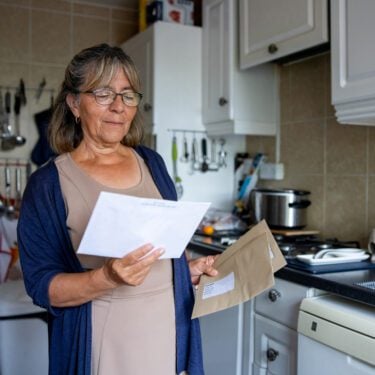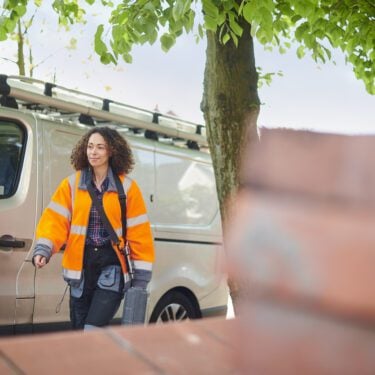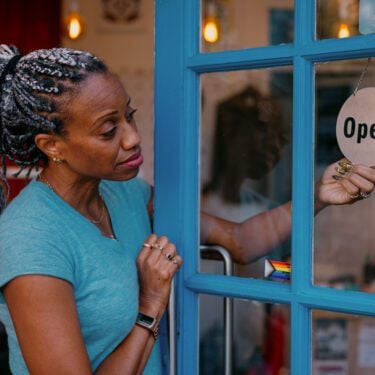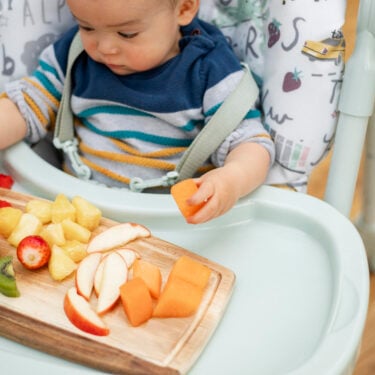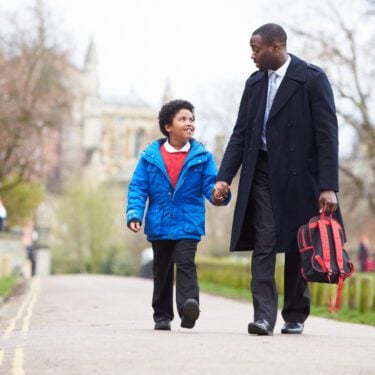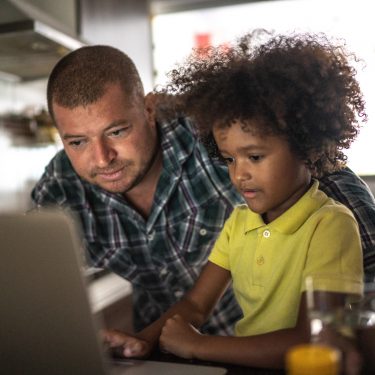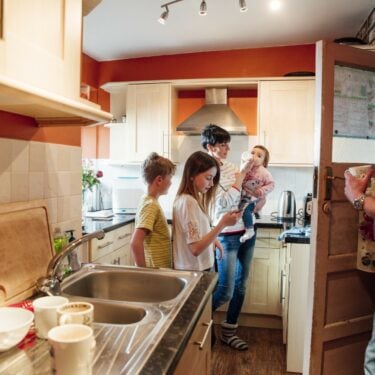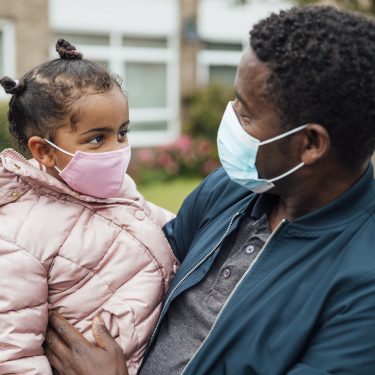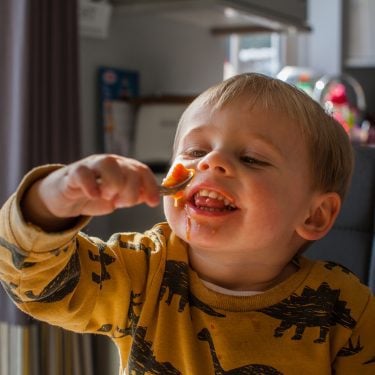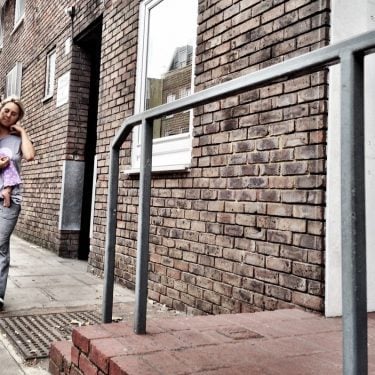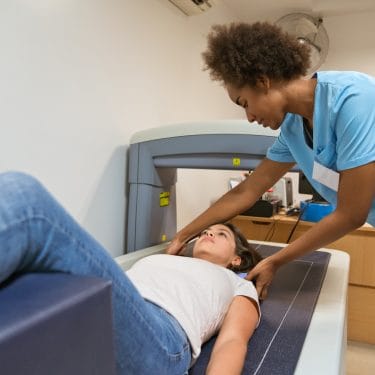The IFS Green Budget 2016, produced in association with ICAEW and funded by the Nuffield Foundation with analysis from Oxford Economics, is published today.
This is an extract from the IFS press release. For the full release and to download the Green Budget, visit the IFS website.
November’s Spending Review was not the last chapter in the Chancellor’s fiscal consolidation. Having set himself a very inflexible target to get to budget balance by 2019–20, Mr Osborne could be forced into additional spending cuts or tax rises if economic and fiscal forecasts again turn out unfavourably.
He also has some big promised tax cuts to finance, faces considerable uncertainty over key tax revenues, and may yet find the spending squeeze hard to maintain, even though it is less severe than previously expected. The fiscal mandate requires the government to run a surplus every year from 2019–20 “in normal times”:
- This is radically different from the UK’s previous fiscal rules, and like most big economies the UK has only rarely run a surplus – just 8 times in the last 60 years.
- Even with steady growth and a surplus of 0.5% of national income by 2019–20, it would take until the mid-2030s to get debt back to pre-crisis levels as a share of national income (40%). Borrowing to cover investment could leave debt still at 60% of national income in the mid-2030s. The faster debt falls, the more room for manoeuvre future governments might have in the face of another recession.
- The rule has the merit of simplicity and transparency but is very inflexible and this could come at a cost. It could require big tax rises or spending cuts with very little notice in order to ensure it is met. Even if the Chancellor gets to the March 2019 Budget with his plans intact, past errors in official forecasts suggest that there would be more than a one-in-four chance that he would need to implement in-year tax rises or spending cuts to deliver a budget surplus in 2019–20.
- The fiscal mandate also rules out borrowing to invest even where low interest rates mean such investment would be economically beneficial and would not otherwise occur. And because it is based on a narrow definition of borrowing, there is a danger that Chancellors will game the rule, just as they have gamed rules in the past.
The more immediate concern is with achieving surplus by 2019–20. Official forecasts are for a surplus of 0.5% of national income, or £10 billion, in that year. The biggest question facing Mr Osborne is how he will respond if forecasts change and he needs greater tax rises or spending cuts to make the books balance. He faces a number of challenges on the tax side:
- He is banking on tax revenues rising, largely in response to big tax increases announced since the general election. But tax revenues are volatile and uncertain. Last week’s Bank of England inflation report downgraded forecast average earnings by more than 1% just since November. If average earnings do rise 1% less by 2019–20 than the November forecast, he could expect to lose £5 billion of income tax and National Insurance revenues. The fall in equity prices seen just since the Spending Review could, unless it proves purely temporary, cost the government £2 billion in lower capital tax receipts in 2020.
- Mr Osborne has promised £8 billion per year of income tax cuts in the form of a higher personal allowance and an increased higher-rate threshold. These promises are currently unfunded. Other things equal, delivering them will require equivalent tax rises or spending cuts elsewhere.
- His forecasts depend on him raising fuel duties in line with the RPI – something he has failed to do since 2011. Freezing them for a further five years would cost £3 billion.
- His forecasts also depend on keeping the £150,000 threshold, at which the 45% income tax rate kicks in, frozen. The number of additional-rate taxpayers has already increased by 40% since the additional rate was introduced in 2010. Similarly, current policy implies a 50% increase in the numbers losing some or all of their child benefit within five years, as the point at which this happens stays fixed in cash terms.
Public service spending by central government and local authorities is forecast to be cut by 1% in real terms between 2015–16 and 2019–20. This compares with a cut of more than 8% between 2010–11 and 2015–16, but even so it won’t be easy:
- On current plans, total public spending in 2019–20 will reach its lowest share of national income for over 60 years with the exception of 1999– 2000 and 2000–01. Spending on public services other than health will be at its lowest level as a fraction of national income since at least 1948–49, at a time when the population continues to grow and age.
- Public sector employers, such as the NHS and schools, will need to find more than £3 billion a year from 2016–17 to pay higher National Insurance contributions.
- Spending plans are based on pay in the public sector rising by at most 1% a year for the rest of this parliament. If official forecasts for private sector pay are right, this will take public sector pay to easily its lowest level relative to that in the private sector for at least 25 years. This may prove difficult to sustain.
The Green Budget is available to download from the IFS website



